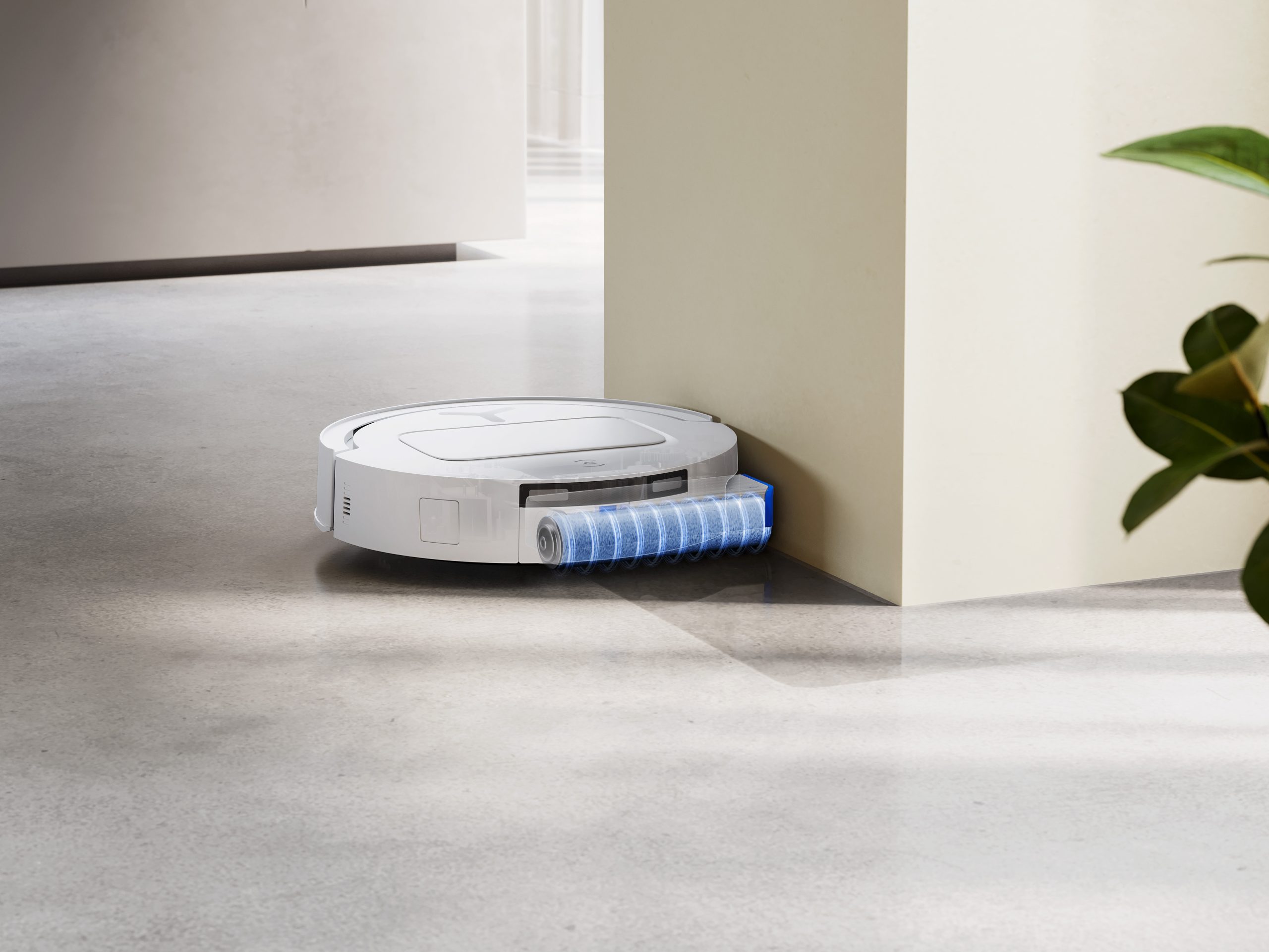When Your Boss Is Tracking Your Brain
Bioethicist Nita Farahany says privacy law hasn’t kept up with science as employers increasingly use neurotechnology in the workplace
Employers can track workers’ emails, computer keystrokes and calls. What happens when they routinely start tracking employees’ brains?
Nita Farahany, 46, has been studying the possibility for years. A professor of law and philosophy at Duke University School of Law, Dr. Farahany has long been intrigued by potential legal challenges posed by devices in the workplace that measure electrical activity in the brain.
Over the years, these electroencephalogram, or EEG, devices, along with the software and algorithms that power them, have gotten better at tracking brain-wave signals and decoding people’s emotions and cognitive skills. Some employers use the devices to monitor employees’ fatigue and offer brain-wave tracking as part of wellness programs designed to decrease stress and anxiety, Dr. Farahany says.
But the law hasn’t kept up with the science, she says. “There is no existing set of legal rights that protect us from employers scanning the brain or hacking the brain.”

Dr. Farahany’s interest in the issue stems in part from her childhood. Her parents both came to the U.S. from Iran, her father moving in 1969 for a medical residency and her mother arriving a year later. They had planned to return to Iran in 1979 but decided against it because of the political unrest. After the Shah of Iran’s ouster, her mother’s brother, who had served in the military, was arrested. Dr. Farahany’s family often discussed politics, including the way surveillance technology can be misused by governments.
In her book coming out in March, “The Battle for Your Brain: Defending the Right to Think Freely in the Age of Neurotechnology,” Dr. Farahany argues the workplace will be a crucial arena in the fight for the future of mental privacy. She spoke with The Wall Street Journal about how employers are increasingly gathering workers’ brain data and the need for limits on how the information is used.
How are employers already tracking our brains?
The first example that I came across was a few years ago. Train drivers in China on the Beijing-Shanghai [high-speed rail] line are required to wear caps that have electrodes embedded in order to track their brain activity to see if they are focused or fatigued. There are even reports of tracking of the emotion levels of factory workers. The workers can be sent home if emotional levels signal they could be disruptive on the factory floor. I thought, I’m glad that isn’t happening in the U.S. But it turns out that it is happening in the U.S. Some companies have started to look into technology that could allow them to track fatigue levels and also attention and focus.
There are some beneficial uses. Brain-wave activity monitors can be used by employees. As your mind starts to wander, it can give you an alert and tell you, “Hey, it is time for a brain break.”
Companies are also using it to track wellness and health. Wellness programs don’t fall under the same kinds of protections that employees have from misuse of health data. The data could track everything from a person’s cognitive decline over time to a lot of other brain metrics, through brain-training games and headsets that measure brain-wave activity.
Can you see employers gathering the data through wellness programs and then sharing a report every quarter?
They could. They could evaluate it. They could use it for managerial purposes. They can make decisions about who is going to be very expensive to continue to employ over time, whose brain is slowing and less likely to be as effective over time. There really is no check on how they use that data right now.
In many instances, we voluntarily give up this information. And in other instances, we don’t have a choice, it is part of the process of applying for a job. What troubles you?
People may not recognise how much information you can decode already from a person’s brain. There are a lot of things that can be learned about the individual, like whether they suffer from cognitive decline or whether they have early stages of glioblastoma, a brain tumour—even their cognitive preferences.
I do worry people are unwittingly giving up [information] without realising the full implications. That is true for privacy in general, but we ought to have a special place we think about when it comes to the brain. It is the last space where we truly have privacy.
If employers collect brain data over time, could they go back and reanalyzs the raw data?
Technologists in the field a decade ago would have told people, “What are you worried about collecting neural data, there is so little we will ever be able to decode from surface-based electrodes rather than ones that are implanted in the brain.” They don’t say that anymore.
They recognise that we can already do so much more than we ever expected. As the algorithms get better and the more data we amass, the more precise the models become.
Given that most of this data is being uploaded to cloud servers and kept there indefinitely, you can have very significant longitudinal data. I hired this person when they were 23 and they are 43 now, how effective is their brain at this point? Have they served their good useful lifetime of service to us?
One of the things in your book is the idea that the brain waves reveal biases that we are not conscious of and can present us in our worst possible light. How does that work exactly?
Yes, potentially. The question is how effectively are they going to be able to do that in real time today. Can they set you up with a headset and probe your brain and figure out how you are reacting? Probably not. In the future can they do it? I think so.
Are there ways people can protect themselves?
We can and should require employers to do better. To say, here’s a transparent way that we’re planning on implementing [best practices] in the workplace. We’re giving the data to you to use. We’re not storing it.
There is a real risk that people won’t have choices. You can’t choose to interview with the only company that doesn’t use brain-based metrics if everybody decides to use them. So I think it’s a combination of people looking out for themselves but also putting into place appropriate default rules at the government level and trying to encourage corporate responsibility.
Interview has been condensed and edited.
 Copyright 2020, Dow Jones & Company, Inc. All Rights Reserved Worldwide. LEARN MORE
Copyright 2020, Dow Jones & Company, Inc. All Rights Reserved Worldwide. LEARN MORE
Records keep falling in 2025 as harbourfront, beachfront and blue-chip estates crowd the top of the market.
A divide has opened in the tech job market between those with artificial-intelligence skills and everyone else.
From celestial spectacles to cultural revelations and pristine wilderness, the next wave of luxury journeys promises more than beauty; it promises transformation.
After years of disrupted routines and shifting priorities, 2026 is emerging as the year travel truly matters again.
No longer just a break from routine, the most compelling journeys now offer deeper meaning: connection with place, immersion in culture, and renewal in nature. With global travel re-opening and aspirations realigned, travellers are looking for destinations that deliver not just escape, but resonance.
Working with its worldwide network of destination experts, luxury operator Abercrombie & Kent has identified the places set to define the year ahead. These are journeys built for those who want more than pretty vistas: they want experiences that provoke, renew and endure.
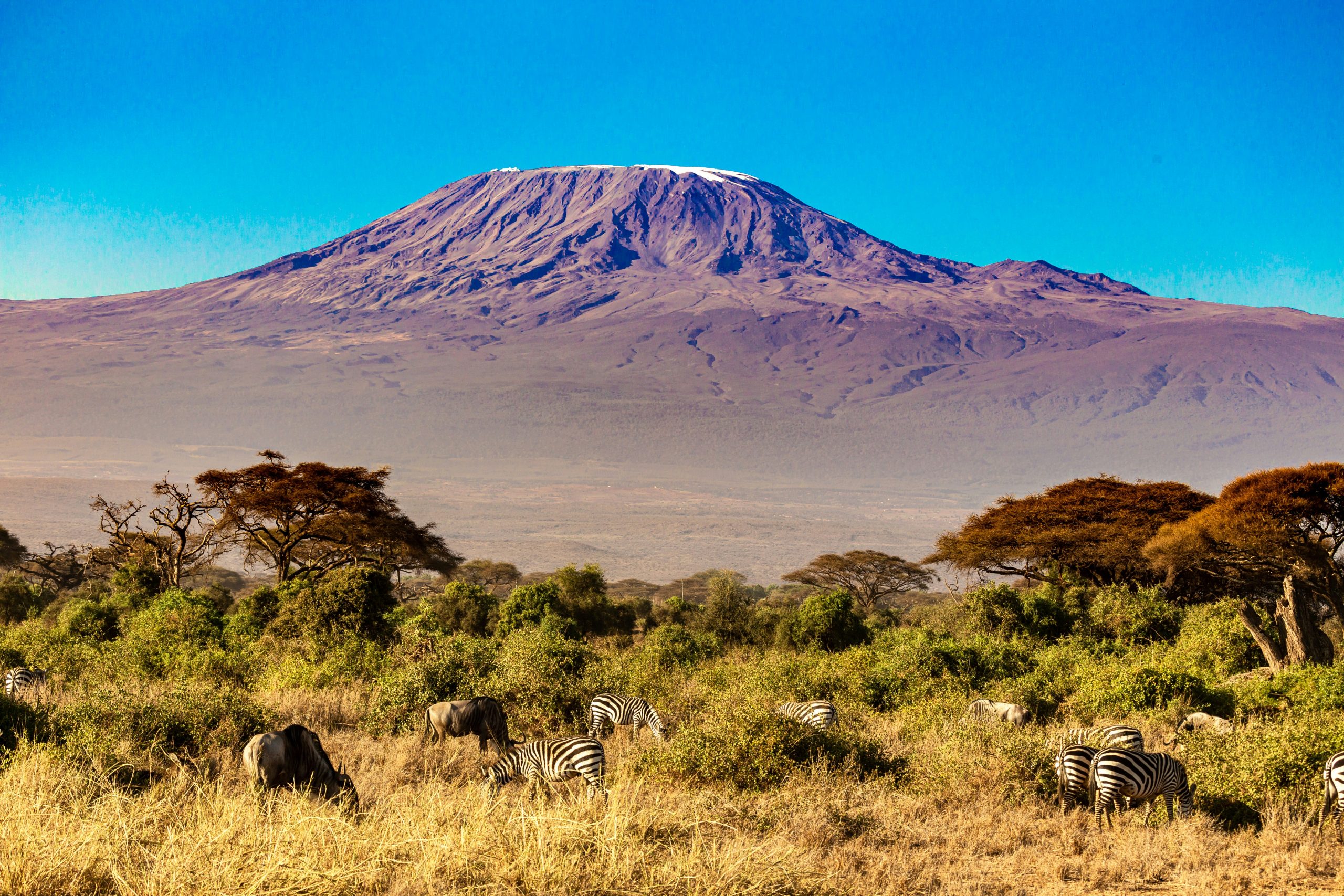
KENYA
Kenya remains the blueprint for luxury safari, where wide-open plains, legendary wildlife and rich cultural layers converge in a way few places can match.
In 2026, focus on the horizons of Amboseli National Park, where Mount Kilimanjaro looms and majestic elephant herds drift across golden savannah.
The mid-year arrival of Kitirua Plains Lodge (an A&K Sanctuary) marks a milestone, arriving six decades after A&K’s founder first pioneered luxury safari here. Set across a private 128-acre concession, its 13 organic standalone suites give guests rare access to wilderness in a polished yet deeply atmospheric setting.
Do it the A&K Way: Combine stays at Olonana in the Maasai Mara and Tambarare Camp in Ol Pejeta for a seamless circuit through Kenya’s wildest ecosystems.
Expert Insight: “Legacy safaris are emerging — multigenerational groups blending meaningful conservation work with classic game drives.”
CHOQUEQUIRAO, PERU
While most travellers are drawn to Machu Picchu, 2026 is the year to head beyond the crowds to the remote Incan stronghold of Choquequirao. Often called the “sister city” of Machu Picchu, this scale-and-solitude site currently attracts far fewer visitors than its legendary neighbour.
With a proposed cable car still in planning phases, now is the moment to explore while it remains unscripted and rare.
Do it the A&K Way: On Peru: Trek to Choquequirao, you’ll undertake a five-day trek to the site, then hike the final stretch of the Inca Trail from KM 104 to the Sun Gate of Machu Picchu.
Expert Insight: “We’re seeing increased bookings for ‘archaeological adventure’ — travellers who want to earn their cultural discoveries through physical challenge.”

EGYPT
In Egypt, the next chapter of luxury travel opens alongside archaeology. With the Grand Egyptian Museum (GEM) slated to open in late 2025, 2026 becomes the moment to experience ancient wonders as they’ve never been displayed.
The museum will house 100,000 artefacts — including 5,340 of Tutankhamun’s treasures together for the first time. A&K’s newest Nile cruiser, the Nile Seray, launches 2026 with 32 suites and a rooftop pool deck, offering an elevated journey where Egyptology meets refined travel.
Do it the A&K Way: Join Egypt & the Nile, exploring tombs on the West Bank with a resident Egyptologist, or book a private dahabiya sailing for an intimate vintage-style cruise.
Expert Insight: “Egypt is drawing sophisticated travellers seeking cultural immersion — the museum’s opening has created a ‘now-or-never’ moment.”
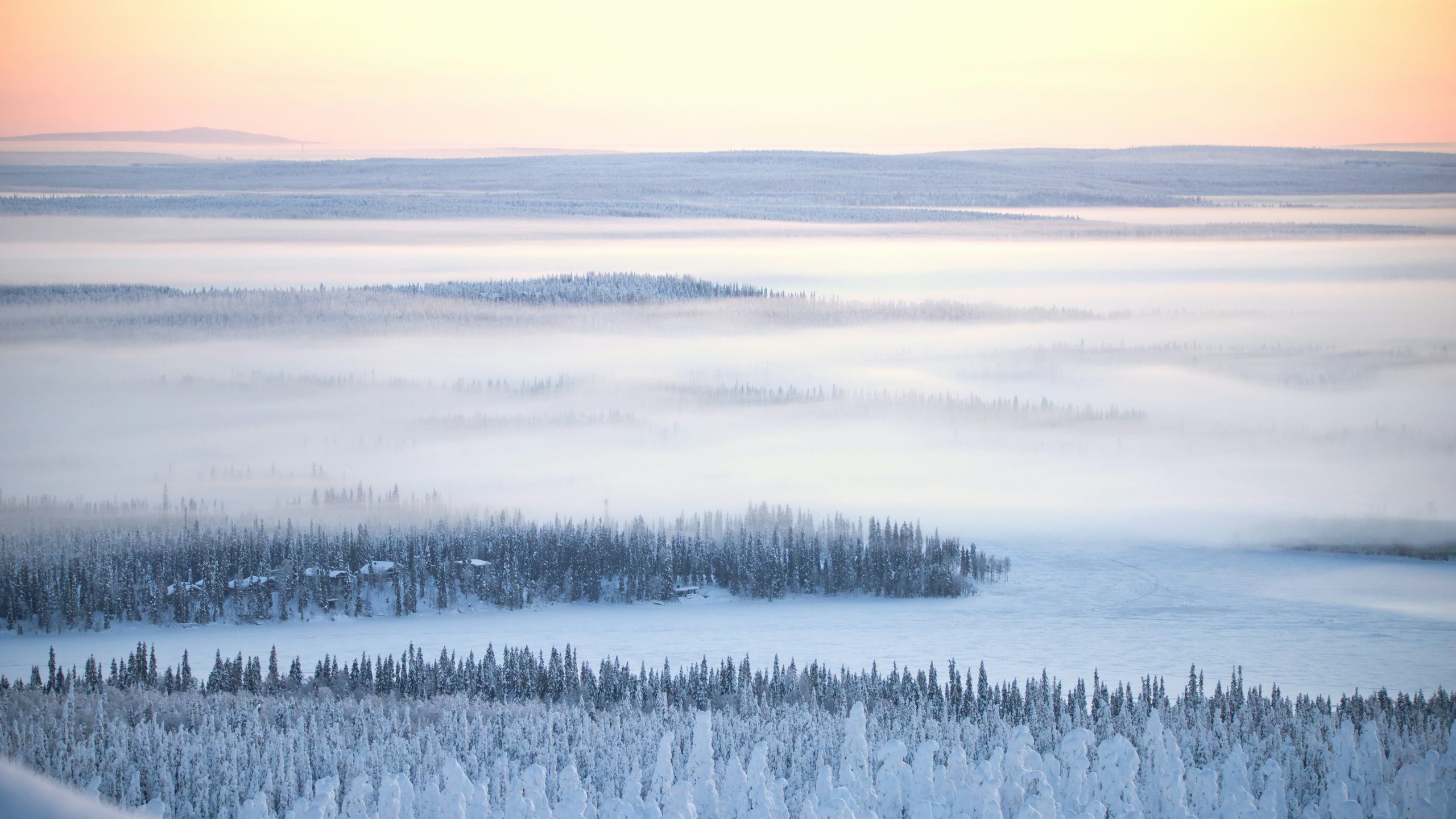
LAPLAND
2026 is shaping up as the ultimate year for the Arctic. With the solar maximum peaking late in the decade, the Northern Lights are forecasted to flash brighter and more frequently than typical.
In Lapland’s minimalist wilderness, luxury lodges and high-design cabins sit alongside age-old traditions: ice therapy, cold-water plunges, sauna culture. It’s the convergence of celestial spectacle and deep rest.
Do it the A&K Way: Choose Finland & Sweden: Adventures in Lapland or Christmas in Lapland — both deliver tree-house stays, Sami cultural encounters and star-studded skies.
Expert Insight: “Wellness meets wilderness — ice-therapy retreats and aurora-chasing are now major luxury travel drivers.”
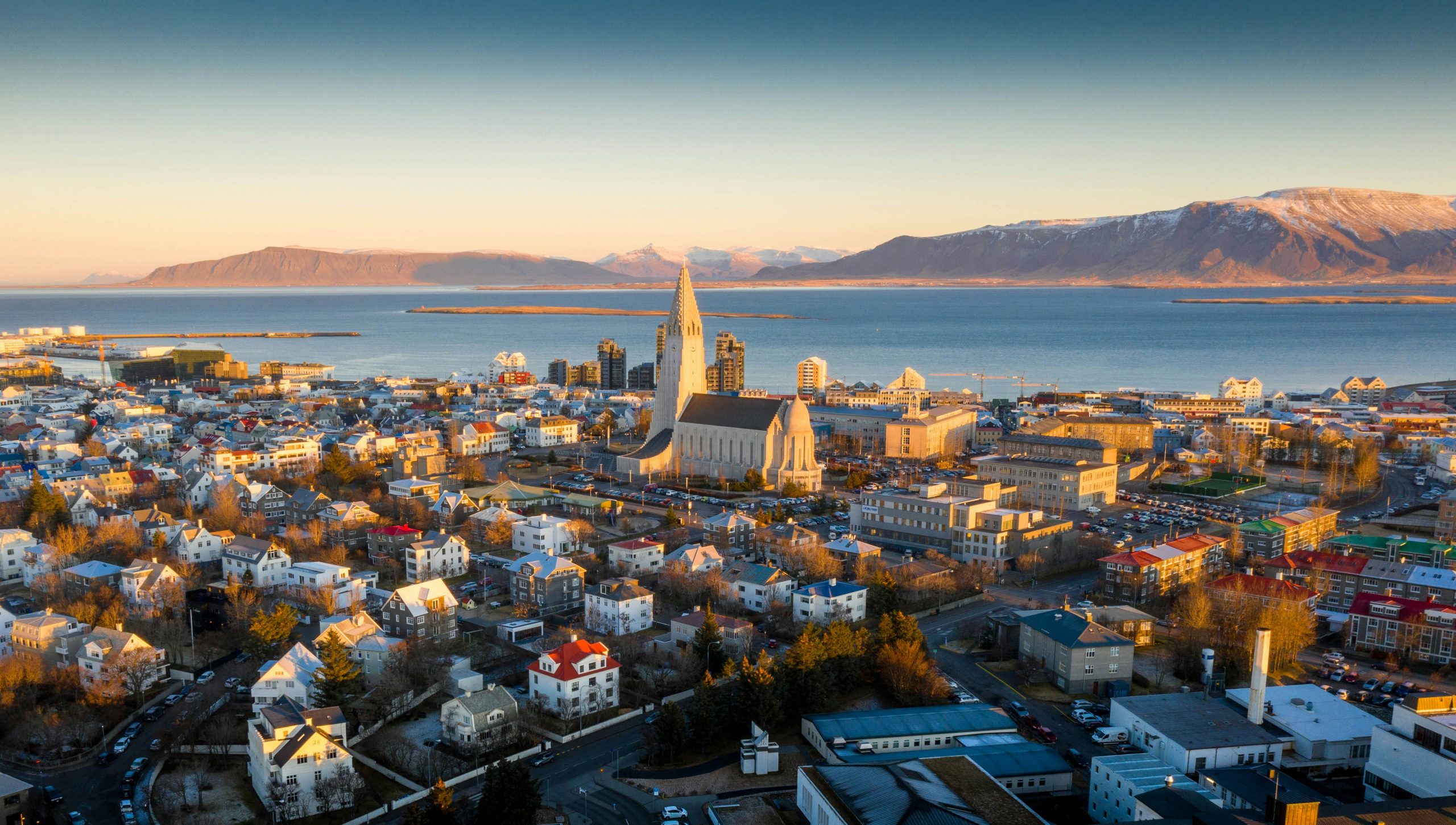
ICELAND
Few destinations combine wild terrain, prime solitude and astronomical phenomena like Iceland. In August 2026, the island lies directly in the path of a total solar eclipse — an event aligning neatly with the peak Northern Lights season and dramatic volcanic landscapes. Glacier-lagoon meets boutique hotel, lava field meets Michelin dining.
Do it the A&K Way: Embark on the Diamond Circle itinerary, leaving the Golden Circle crowds behind for Iceland’s northern wilds — think Lake Myvatn, Ásbyrgi Canyon and boutique lodge nights.
Expert Insight: “Iceland is the ultimate phenomenon-destination: eclipse, aurora and adventure all rolled into one.”
MADHYA PRADESH, INDIA
Once overshadowed by India’s blockbuster wildlife parks, Madhya Pradesh is now emerging as the tiger-tourism powerhouse. Home to about 75% of the world’s wild Bengal tigers, the region’s recovery story is profound.
Luxury lodges are multiplying; one example is the newly opened Oberoi Rajgarh Palace near Panna, built to cater to high-end travellers seeking immersive big-cat encounters.
Do it the A&K Way: On Tailormade Tiger Tracking in India, traverse three national parks, meet local tribes and witness wildlife preservation in action.
Expert Insight: “Impact-safaris have moved beyond spotting big cats — travellers now want ecosystem insight and lodging that invests in conservation.”
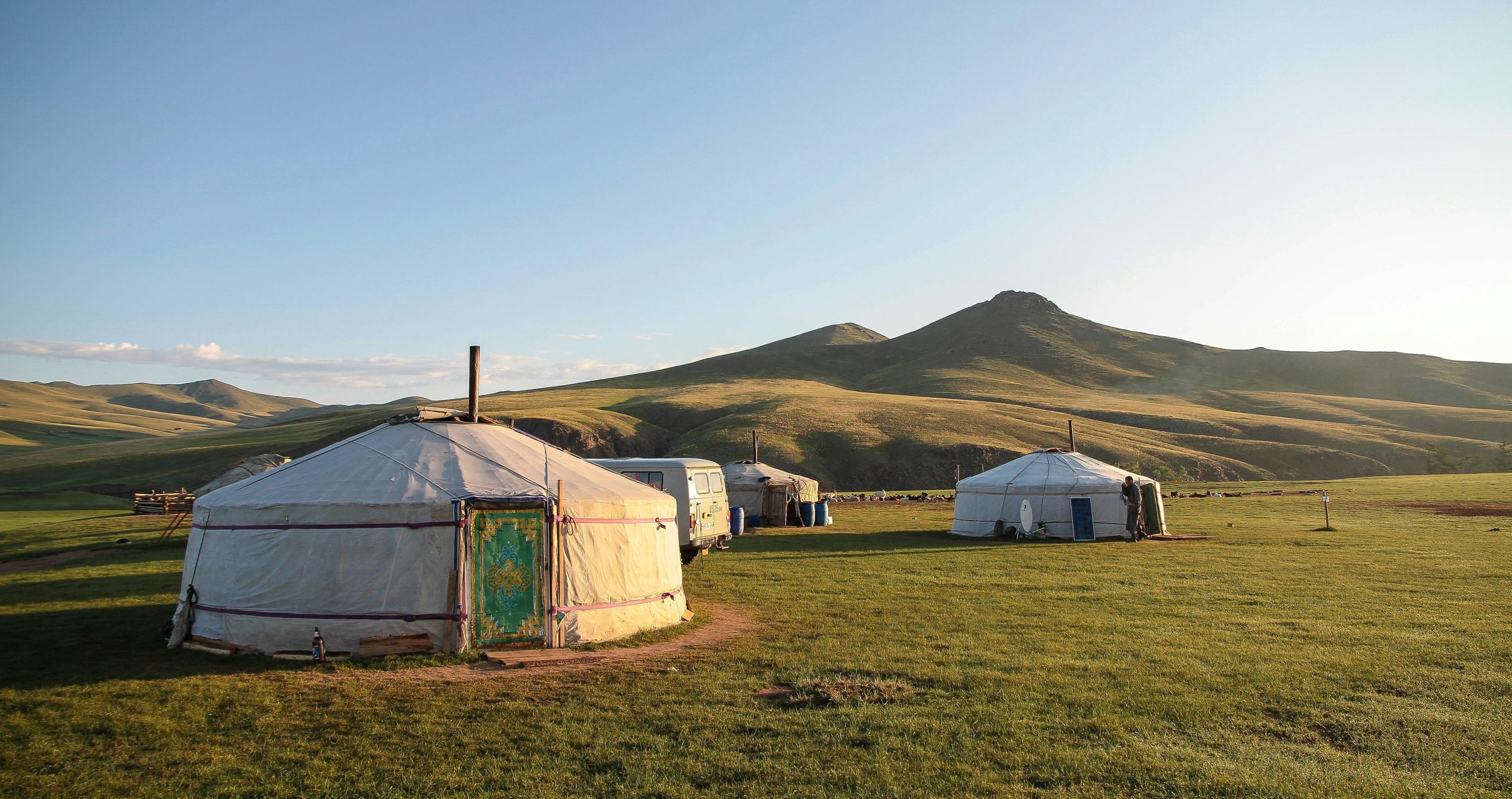
MONGOLIA
Mongolia stands out as one of the last great wilderness frontiers. For 2026, it brings increasing accessibility — direct flights from Tokyo/Narita now make it reachable in a shorter window.
Here, nomadic culture still thrives: gers under open skies, ancient equestrian traditions, stars by the million. For the curious luxury traveller, it’s as raw as it is refined.
Do it the A&K Way: On Mongolia: Naadam Festival & Gobi Desert Adventure, follow traditional contests of horse racing, wrestling and archery, then retreat into the Gobi’s dunes in style.
Expert Insight: “Mongolia is the frontier of cultural immersion — guests who’ve ‘done’ it all are turning to nomadic experience for real perspective.”
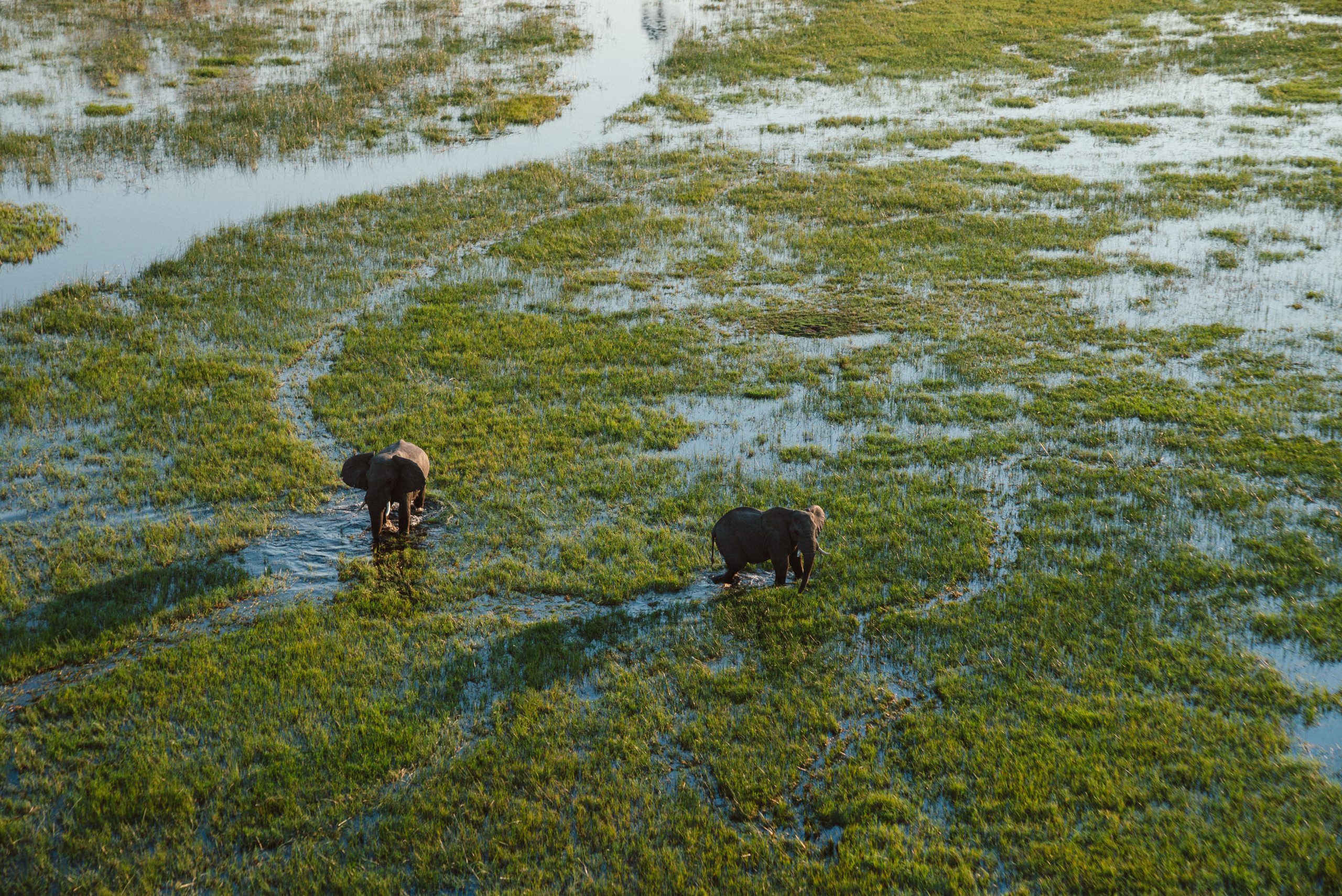
OKAVANGO DELTA, BOTSWANA
Luxury today isn’t just about price — it’s about isolation, responsiveness and rarefied access. The Okavango Delta offers just that: private-concession lodges where you might see more elephants than people. At Baines’ Lodge (an A&K Sanctuary) with only six suites, honeymooners slide into Star Baths and watch water buffalo from private decks.
It’s untouched luxury at its finest.
Do it the A&K Way: Stay at Baines’ Lodge, retrace your path on guided walks and night drives, wake under an African sky in suite-level solitude.
Expert Insight: “The Okavango represents ultra-private luxury — couples seek destinations where fewer people = more privilege.”
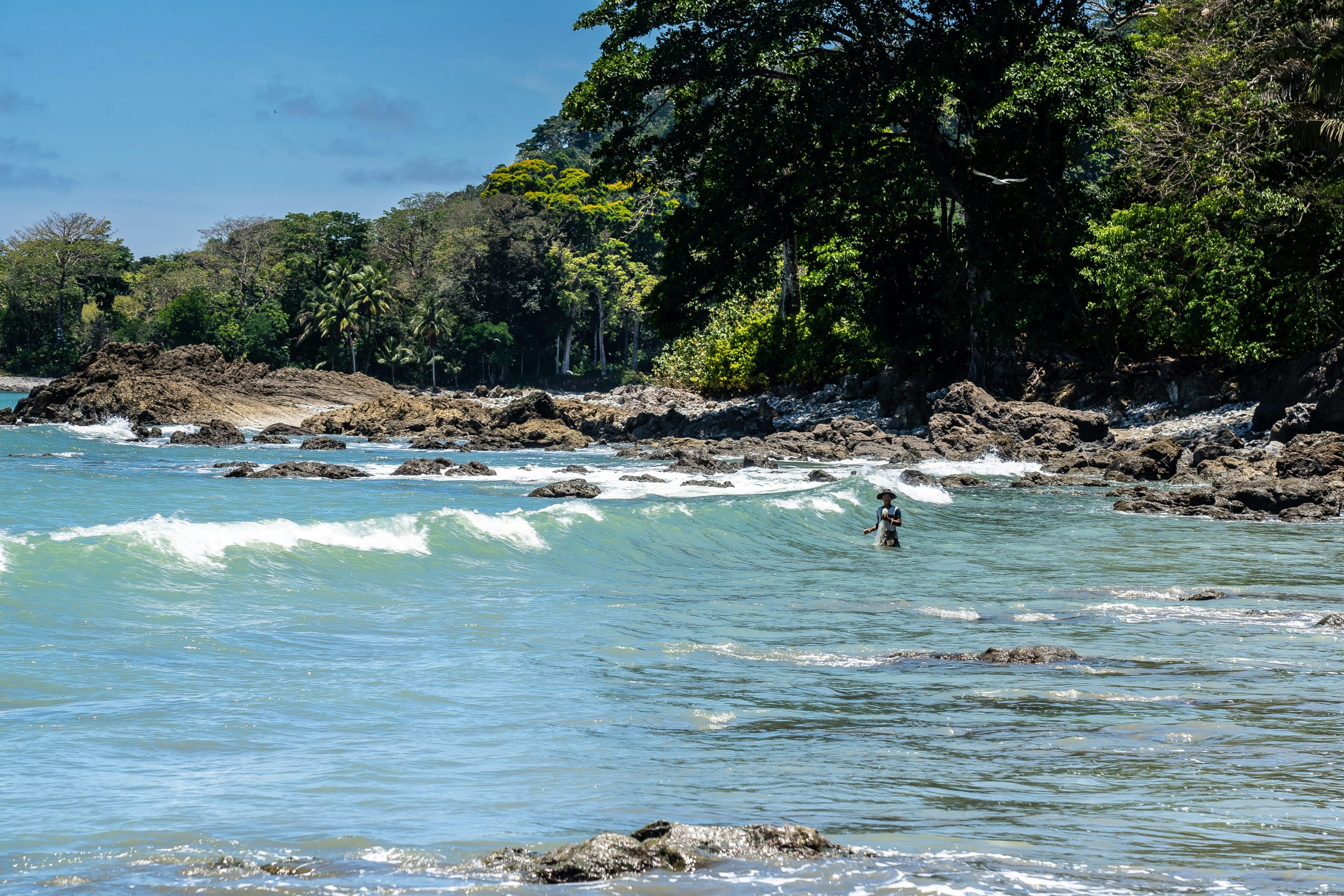
OSA PENINSULA, COSTA RICA
Costa Rica’s Osa Peninsula remains one of the world’s most biodiverse rainforests — home to nearly 3% of the planet’s species. Accessible only by boat, it’s held a low-profile despite its eco-luxury potential.
In 2026 the trend to remote-luxury means the Osa is ideally placed: wild, wealthy in nature and now serviced by high-end boats and charter options.
Do it the A&K Way: On Cruising & Wildlife in Costa Rica, board a nine-cabin luxury yacht, cruise to Corcovado, dive into jungle hikes by day and spa-soak by evening.
Expert Insight: “The Osa Peninsula captures the ‘last-frontier luxury’ trend — sophisticated comfort deep in the wild.”
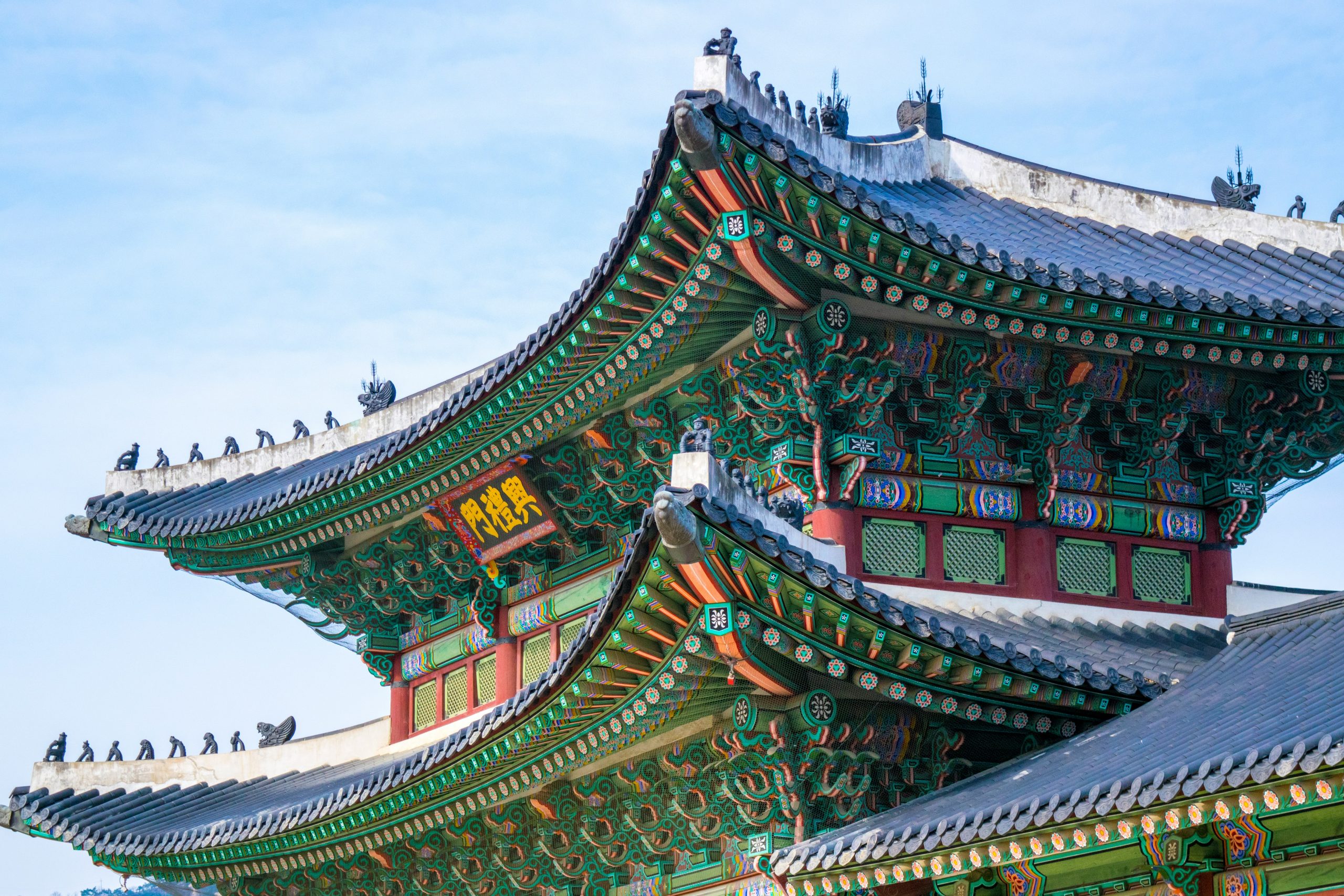
SEOUL, SOUTH KOREA
Asia’s luxury travel gaze has long been on Japan, but 2026 puts South Korea firmly in the spotlight. From cutting-edge design and K-culture to the ancient hanoks and royal palaces of Seoul, this is a city where heritage and futurism collude. For luxury travellers wanting food, fashion, wellness and history in one place, it ticks every box.
Do it the A&K Way: With South Korea: Temples & Seoul Food, you’ll balance temple stays with DJ-led nightlife, traditional hanbok portraits with street-style shopping.
Expert Insight: “Seoul is riding K-culture’s global wave — travellers want the city’s genuine face, not just the hype.”
DOLOMITES, ITALY
The 2026 Winter Olympics near Cortina d’Ampezzo may grab headlines this year, but the smart luxury traveller will visit after the crowds depart. The Dolomites’ grand landscapes, alpine chic and recent luxury reopening offer premium mountain stays without the peak-season crush.
Hotel Ancora’s reimagination, the opening of Mandarin Oriental Cortina and Aman Rosa Alpina’s refresh are all part of the rise.
Do it the A&K Way: On Venice & the Dolomites, begin amid Venetian canals, then ride jeeps and hike the Cinque Torri, sip local cheeses and wines in design-led lodges high in the peaks.
Expert Insight: “The Dolomites are the ideal post-Olympic opportunity — dramatic scenery, Italian sophistication and fewer crowds.”
SLOVENIA
Seeking European elegance without the runaway crowds? Slovenia offers alpine lakes, wine valleys, sustainable luxury and next-gen design hotels. From Lake Bled’s fairy-tale charm to Ljubljana’s culinary innovation at Hiša Franko, 2026 is Slovenia’s breakout moment as an insider’s European destination.
Do it the A&K Way: With Tailormade Slovenia, row Lake Bled with an Olympic champion, sip boutique wines in Vipava Valley and stay at design-forward lodges scattered across the hills.
Expert Insight: “Slovenia embodies the ‘anti-overtourism’ movement — intimate luxury, local authenticity and serious style.”
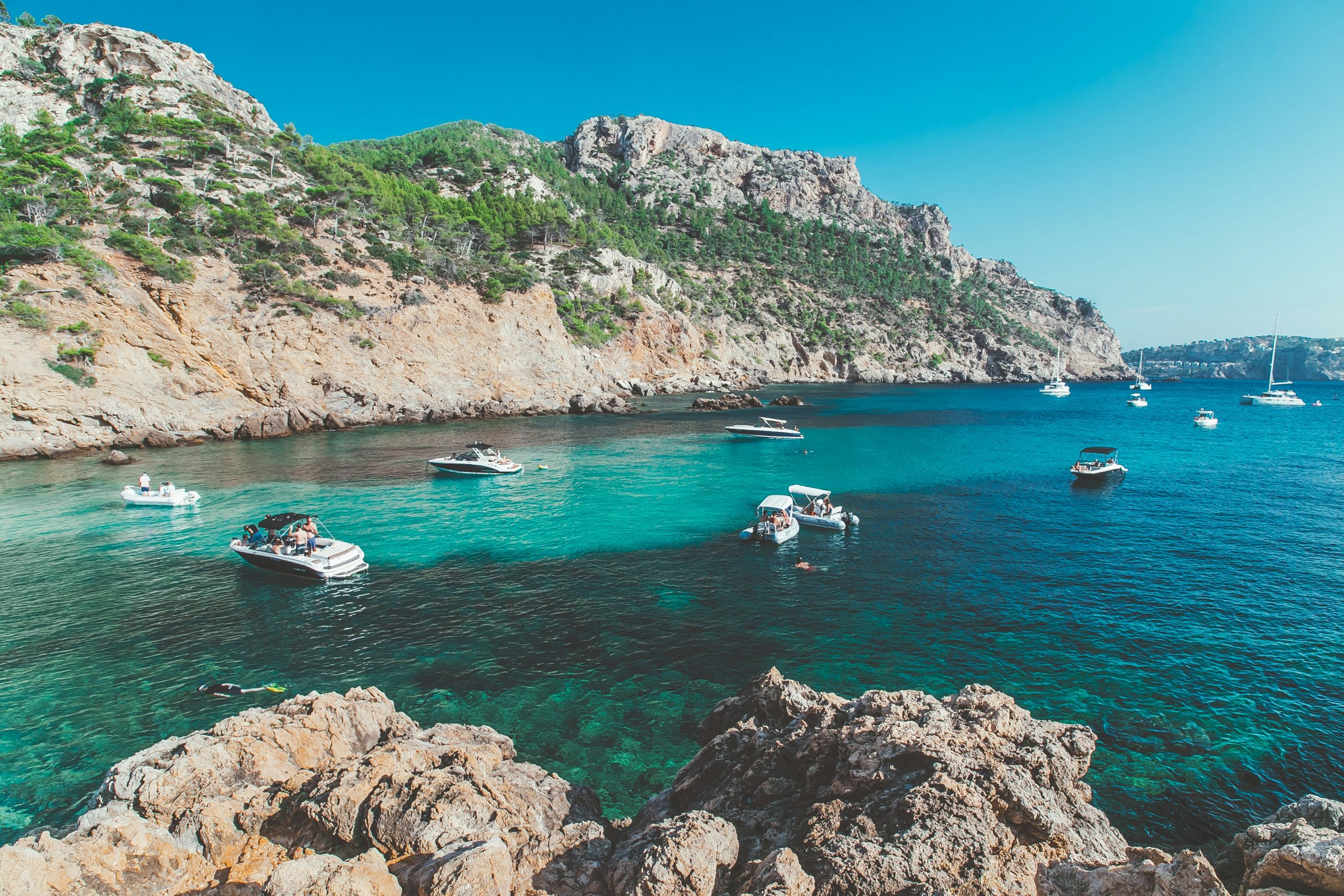
MALLORCA, SPAIN
Once a summer hotspot, Mallorca is morphing into a true year-round luxury destination. With new openings from Four Seasons (2025) and Mandarin Oriental (2026), and the island in the path of a total solar eclipse on 12 August 2026, the mix of Mediterranean sunshine, mountain charm and astronomical spectacle makes it irresistible.
Do it the A&K Way: On Spain: Madrid, Valencia & Mallorca, explore art-rich Madrid, Valencia’s culinary scene and then unwind in Mallorca’s coastal villa-style resorts as the eclipse draws near.
Expert Insight: “Mallorca has matured into Europe’s ultimate year-round luxury escape — refined infrastructure, elite hospitality and a rare celestial event on the calendar.”
A cluster of century-old warehouses beneath the Harbour Bridge has been transformed into a modern workplace hub, now home to more than 100 businesses.
Records keep falling in 2025 as harbourfront, beachfront and blue-chip estates crowd the top of the market.
















